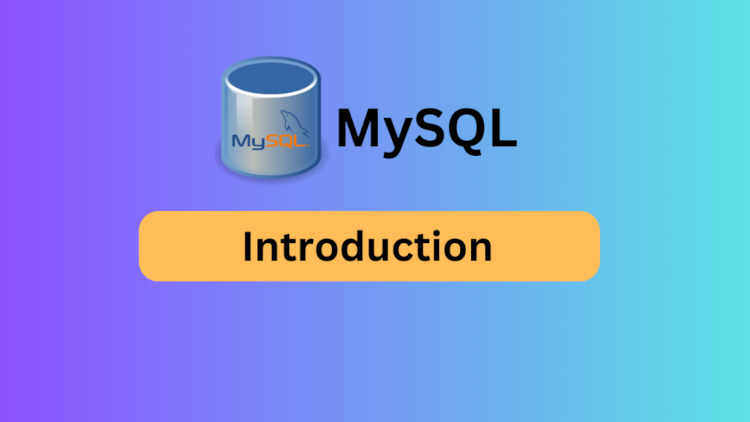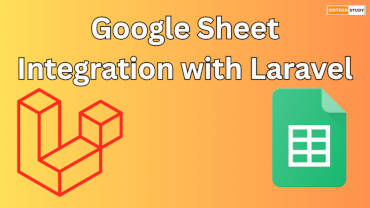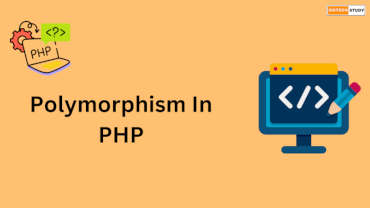
A popular open-source relational database management system (RDBMS) is MySQL. MySQL AB created it initially in 1995, and Oracle Corporation purchased it in 2010. It is renowned for being quick, dependable, and simple to operate. Web-based applications now rely heavily on MySQL. In this article, we will learn about MySQL Introduction, its architecture, basic operations in detail with help of examples.
What is MySQL?
MySQL is a database program for managing, storing, and retrieving data. MySQL, in contrast to simple file storage, arranges data into structured tables with rows and columns, facilitating effective management and querying. The standardized language for communicating with relational databases is called Structured Query Language (SQL).
MySQL belongs to the well-known web development platform known as the LAMP stack, which stands for Linux, Apache, MySQL, PHP/Python/Perl. Developers of everything from enterprise-level systems to small-scale applications highly favor it.
Key Features of MySQL
- Open-Source: MySQL can be downloaded for free under the GNU General Public License (GPL). Oracle offers more features in its premium editions, however the community edition is sufficient for the majority of uses.
- Cross-Platform Compatibility: MySQL is compatible with a number of operating systems, such as UNIX, Linux, macOS, and Windows. It can be used in a variety of settings because of its adaptability.
- High Performance: MySQL is built to manage massive data sets effectively. It guarantees quick data access and transactions by supporting indexing, caching, and sophisticated storage engines like InnoDB.
- Data Security: Role-based access control, user authentication, and data encryption are just a few of the strong security features that MySQL provides. This qualifies it for uses where a high degree of data protection is necessary.
- Ease of Use: MySQL is beginner-friendly because to its simple syntax and extensive collection of graphical tools, such as MySQL Workbench.
Also read about PHP File Upload
Storage Engine
Several storage engines are supported by MySQL, including:
- InnoDB: The default engine, InnoDB, is tailored for data integrity and transactional processes.
- MyISAM: Fast data retrieval and read-heavy processes are the main goals of MyISAM.
- Memory: Perfect for temporary data, RAM stores information for incredibly quick access.
- NDB Cluster: Offers high-availability, dispersed storage.
- Buffer Pool: MySQL reduces disk I/O and boosts speed by using a buffer pool to keep frequently accessed data in memory.
What is SQL?
Relational databases can be interacted with using a standardized programming language called SQL (Structured Query Language). It is intended to be used for maintaining, modifying, and querying structured data. Aside from maintaining the database schema and restricting access, SQL allows users to carry out a number of actions on data, including accessing, inserting, updating, and deleting records.
The foundation of relational database management systems (RDBMS) such as Oracle Database, MySQL, PostgreSQL, SQLite, and Microsoft SQL Server is SQL.
Conclusion
MySQL is a popular option for database management because of its ease of use, dependability, and performance. Whether you're creating a tiny application or growing to accommodate millions of users, MySQL offers the resources and adaptability you need. MySQL continues to be a crucial competency for both database administrators and developers due to its robust open-source community and ongoing development.














